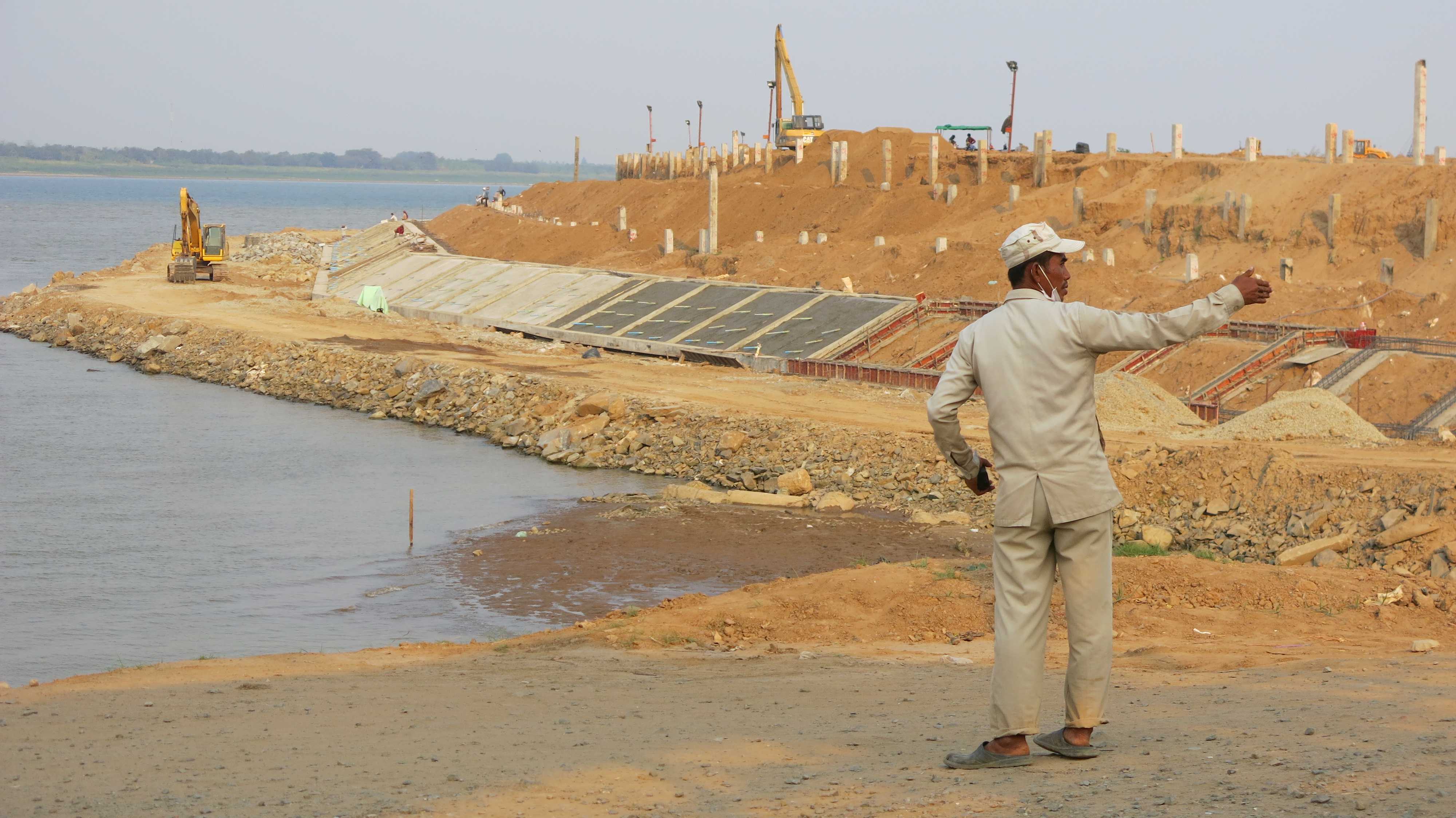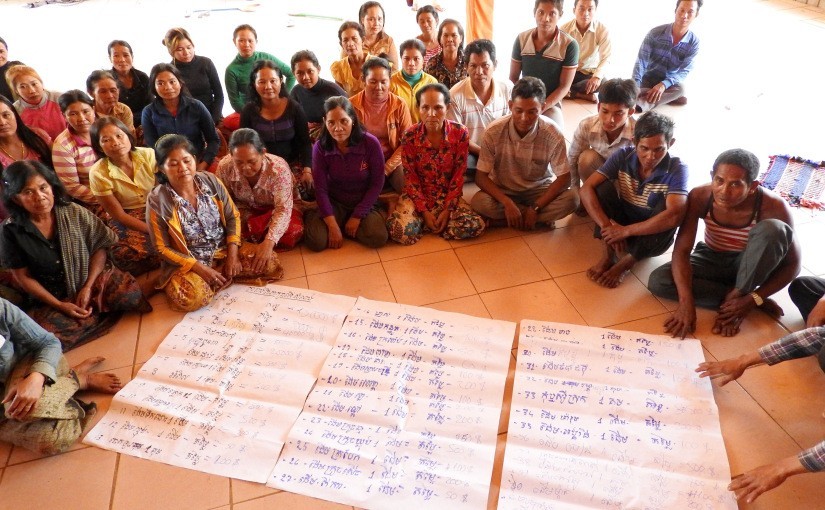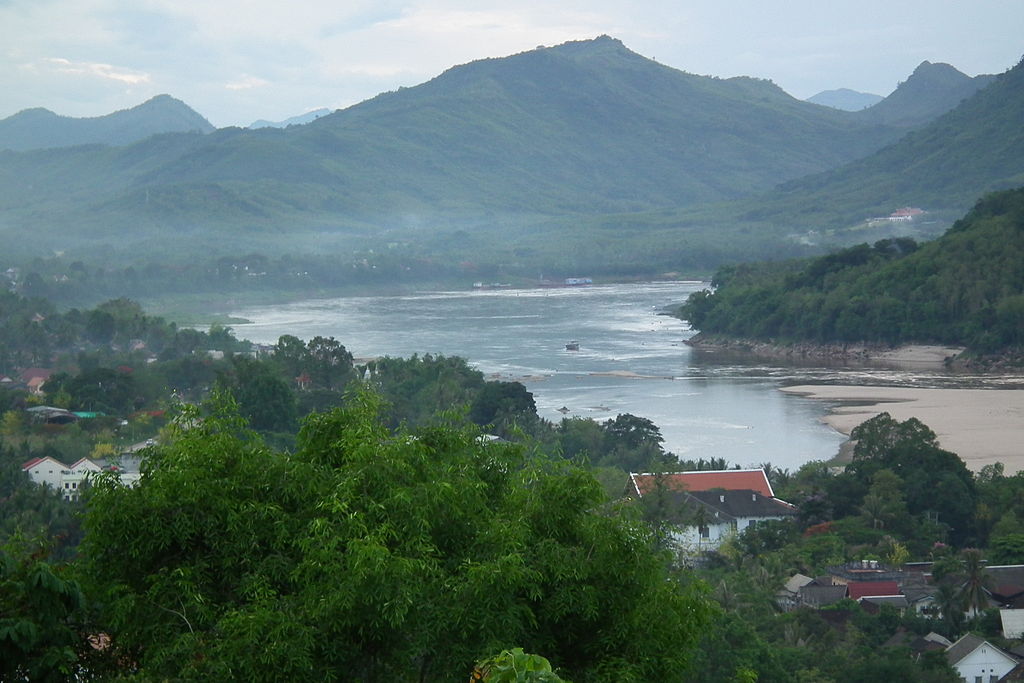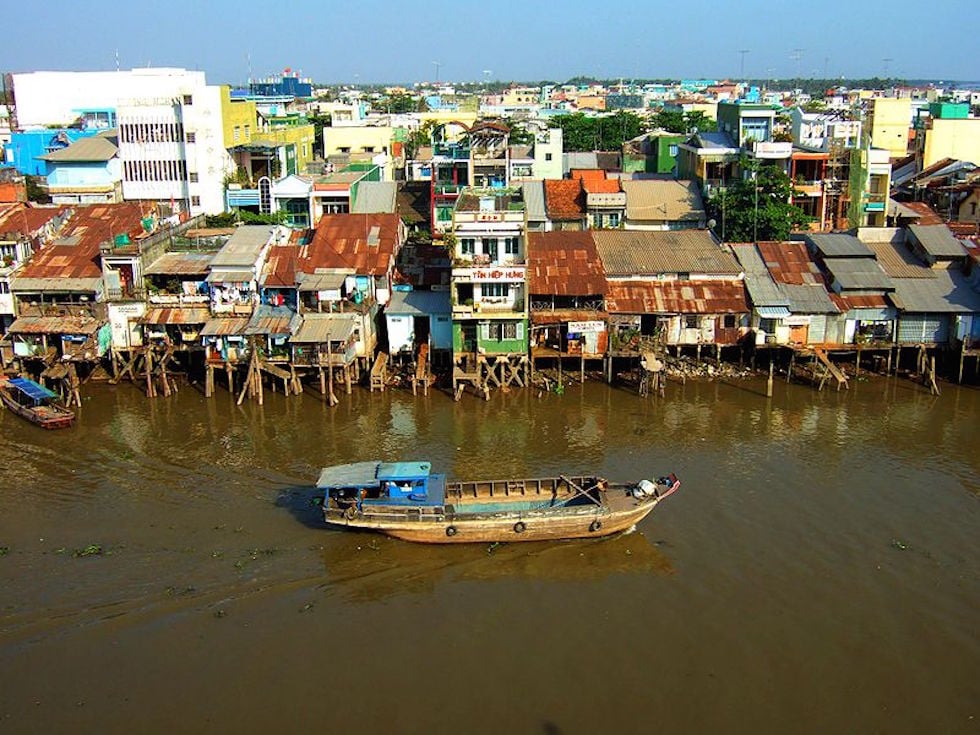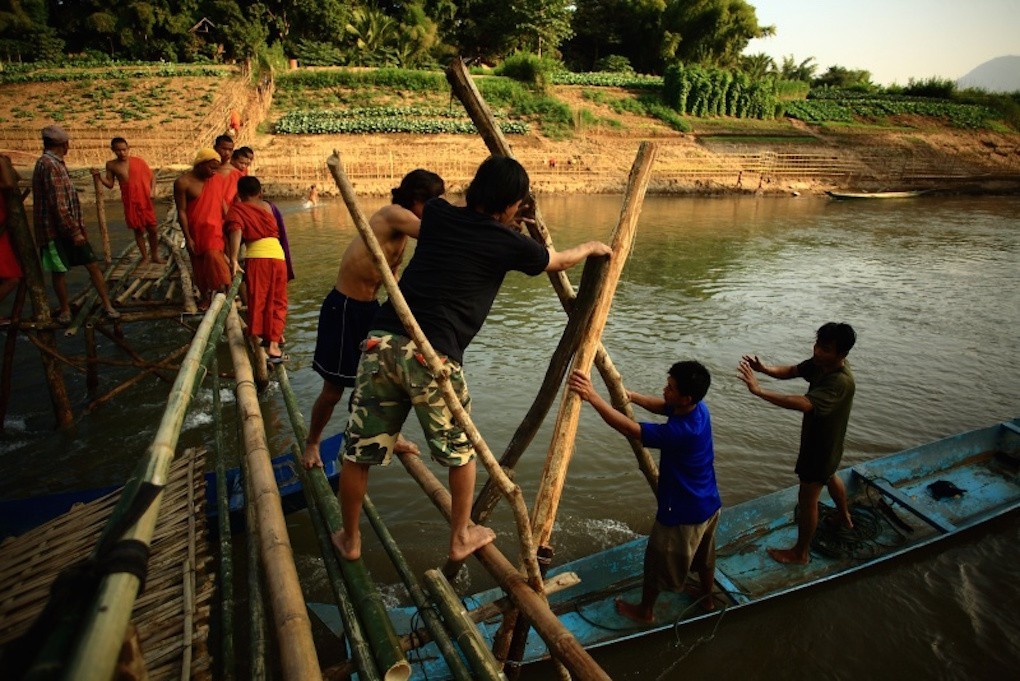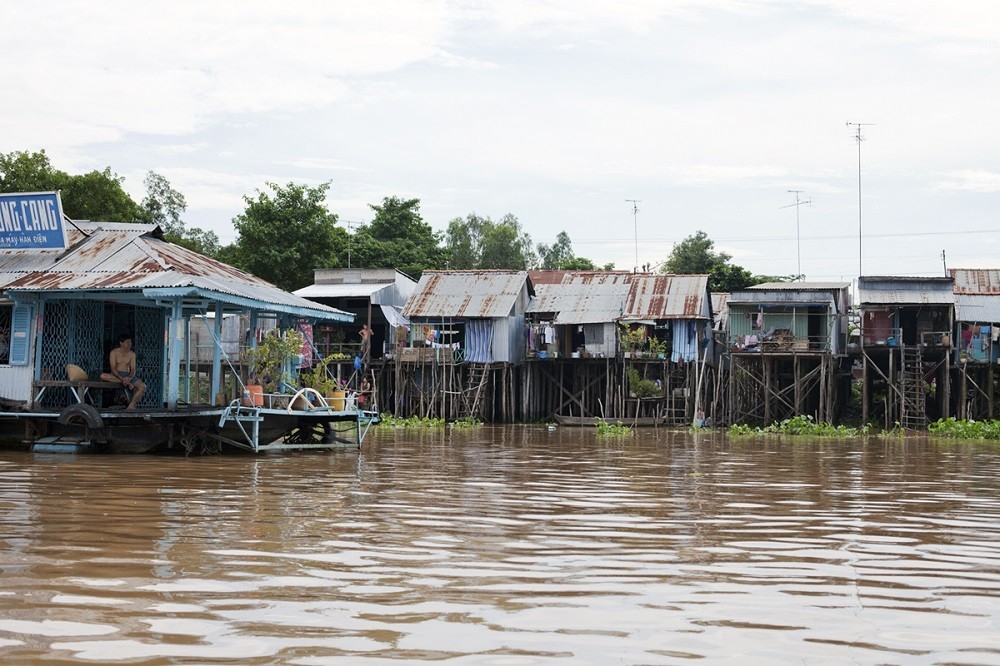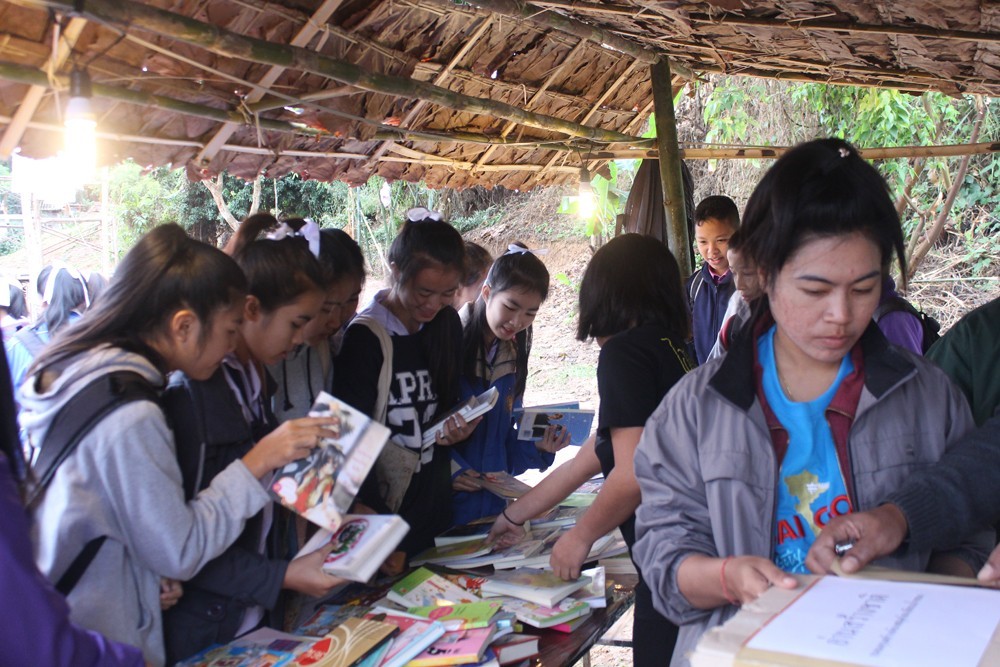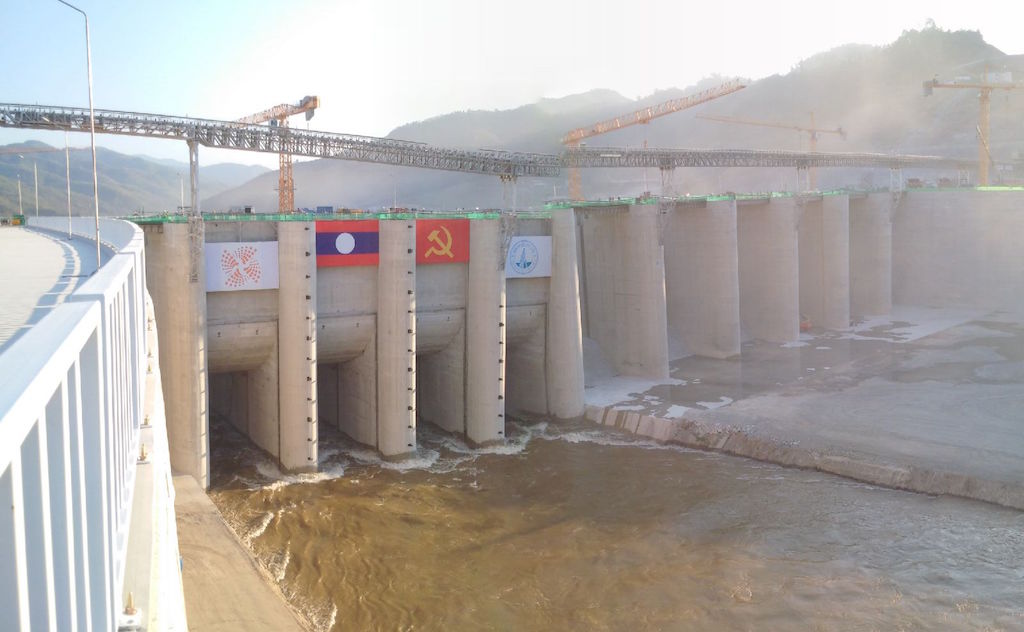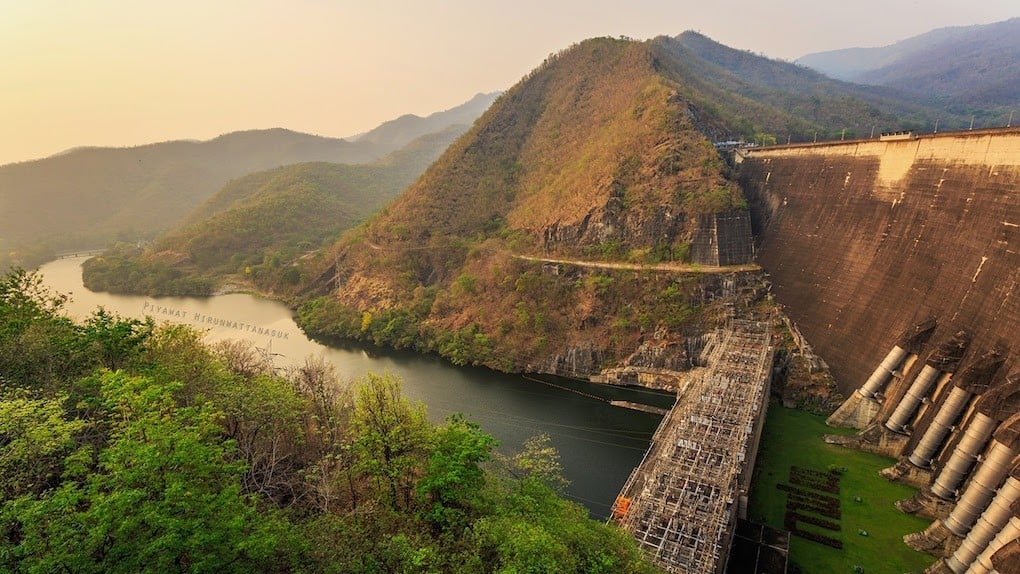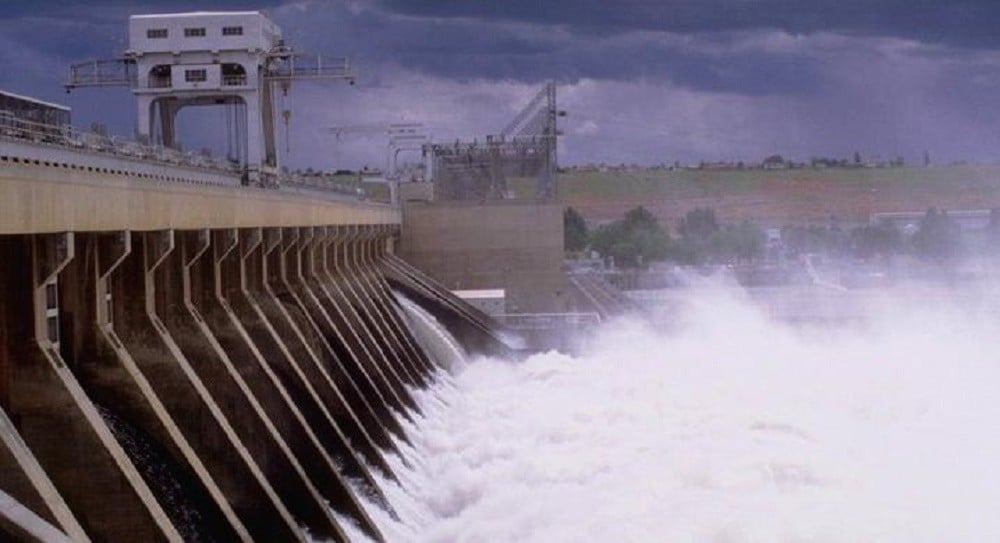The fallout from the Great Fall in financial markets, equities and currencies is ricocheting through the regional economy and beginning to exact a toll – initially among badly-run companies and poorly-managed government institutions.
Tag: dams
Cambodians Seek Compensation for LS2 Dam Relocation
The controversial Lower Sesan 2 Dam (LS2 Dam) is being built in the worse possible location: at the junction of two of the most important tributaries of the Lower Mekong River in northern Cambodia, i.e. the Sesan River & Srepok River.
This dam has received strong opposition and criticism from scientists, fisheries experts, NGOs and Human Rights groups. The dam will be located at a vital junction for the reproductive migration of dozens of Mekong River fish species. Thousands of families in six Villages in northern Cambodia will be displaced.
Put Don Sahong Dam on U.S.-ASEAN Agenda, Say Campaigners
Phorn Bopha PHNOM PENH— Civil society groups are calling for Laos’ Don Sahong hydropower dam project to be discussed when Southeast Asian leaders meet with U.S. President Barack Obama next week.Leaders of the 10 Association of Southeast Asian Nations member states will converge on the Sunnylands estate in California on Feb 15-16. The unprecedented U.S.-hosted summit […]
China drives water cooperation with Mekong countries
China is more closely involved in cross-border cooperation on hydropower and water management after the six countries that share the Mekong River signed a landmark agreement late last year.
While more needs to be done between these countries to resolve disputes and encourage transparency over dam building and shared water management, the agreement signals a greater willingness to discuss areas of discord that have soured relations in the region in the past.
During their meeting in in China’s southern province of Yunnan in November 2015, the foreign ministers of China, Myanmar, Laos, Thailand, Cambodia, and Vietnam launched the Lancang-Mekong Cooperation Mechanism (LMCM), an initiative pitched at the November 2014 Summit Meeting between China and the Association of Southeast Asian Nations (ASEAN) in Naypyidaw, Myanmar.
Laws lie at the heart of dam conflicts, says new book
Academics and NGOs in the Mekong region welcome a new book that sheds light on the significance of the evolution of legal frameworks in overpowering historical social dynamics of river communities to sustain their livelihoods and culture.
Exploring conflicts surrounding hydropower development in the Lower Mekong region the authors of The Mekong: a Socio-Legal Approach to River Basin illustrate the growing barriers laws and policies that were never a part of these communities’ cultures, and which they had no role in shaping, lie at the heart of controversy surround dam projects from the moment that are proposed.
Author Q&A: How communities struggling with climate and development are “Living with the Mekong”
The richly illustrated book Living with the Mekong provides readers with insights into urban developments in one of the world’s most threatened deltas. According to the author, the book gives a personal account of “how Vietnam and the Vietnamese people cope with the consequences of climate change.” Joep Janssen, a Dutch urban delta expert, travelled through the Mekong Delta and Ho Chi Minh City area researching the impacts of climate change and development on farmers and urban inhabitants. The Mekong Eye talked to Joep, via email, about urbanization, climate change, development, and how decision makers in the Mekong region might learn from the Dutch experience.
Opening of Mekong River School: passing on knowledge on ecology, culture & environment to next generations
Last week, the group of Thai Society of Environmental Journalist and Thai Journalist Association together with 15 news outlets went to Chiang Kong district in Chiangrai province to follow up on the progress of the establishment of the second phase of Special Economic Zone, and the impact on the surrounded communities. They also attended the opening of Mekong School, which is situated on Mekong River bank in Chiang Kong River. Mekong School is set up under the philosophy “Respect for nature and Faith in humanity justice” by villagers and different stakeholders to provide learning space Mekong ecology, culture and environment of Mekong River. Under “Field of Learning” concept, Mekong School provides knowledge on Mekong River history, local cultures and academic researches on Mekong. The school also plans to set up Mekong Library for database and research purposes.
At the Borders of Ecological Destruction
A new year is often a time for joyful celebration. But Pianporn Deetes bid farewell to 2015 with a heavy heart.
“The Administrative Court gave me the most cruel Christmas ever. My spirit was dampened throughout the New Year period,” she said.
Pianporn is remembering her experience listening to the ruling on the Xayaburi Dam on Dec 25. The lawsuit — in which 37 villagers from eight provinces in Thailand affected by the project sued the Energy Ministry and Electricity Generating Authority of Thailand for allegedly signing a power purchase agreement illegally — is a landmark case since it was the first time people have gone to court for environmental and community rights protection from a transborder project championed by the Asean Economic Community (AEC). The dam is now being constructed, with investment from Thailand, on the Mekong River in Laos. When finished, over 90% of electricity from the dam will be sold to Thailand.
Water management requires a more holistic view
As of Tuesday, the combined amount of usable water retained in seven major dams, including Bhumibol and Sirikit, that feed the Central plains stood at around 3,300 million cubic metres, or 18 per cent of their combined capacity of around 24,700 million cu.
The National Water Resources Committee (NWRC) came up with this figure at the end of November as it does every year, and after seeing these numbers, I must say it is of serious concern and I wonder how we will be able to survive yet another drought.
More droughts may mean less power
The future of hydropower looks dim as heat and drought intensify


